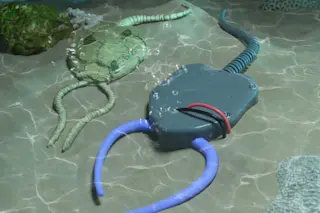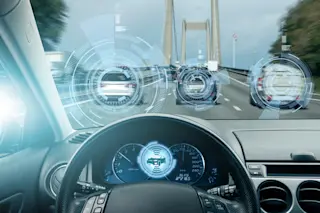In a new study, researchers attached electrodes to individual neurons in monkeys' brains and then rerouted those neuronal signals through a brain-machine interface, which converted them into electrical signals that controlled the monkeys' own paralyzed muscles. Researchers say this roundabout feat of bioengineering could eventually lead to new treatments and prosthetics for paralyzed people.
The implant exploits the fact that even when the neural connection between a brain region and the muscles it controls is severed or damaged by, say, a stroke or spinal injury, the controlling neurons remain active. For example, people living with quadriplegia who try to move their arm still generate arm-movement signals in the motor cortex of their brain, even after several years of paralysis [New Scientist].
The new study is the first to send the signals back to the user's own muscles, as opposed to related research in which the signals are fed into electronic ...













